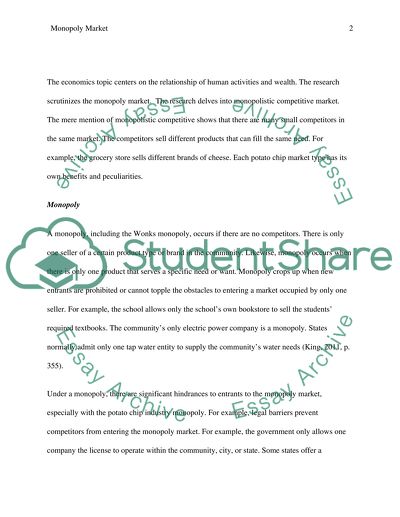Cite this document
(“Monopoly Market and Monopolistic Competitive Market Essay”, n.d.)
Retrieved from https://studentshare.org/macro-microeconomics/1453547-potato-chip-industry
Retrieved from https://studentshare.org/macro-microeconomics/1453547-potato-chip-industry
(Monopoly Market and Monopolistic Competitive Market Essay)
https://studentshare.org/macro-microeconomics/1453547-potato-chip-industry.
https://studentshare.org/macro-microeconomics/1453547-potato-chip-industry.
“Monopoly Market and Monopolistic Competitive Market Essay”, n.d. https://studentshare.org/macro-microeconomics/1453547-potato-chip-industry.


